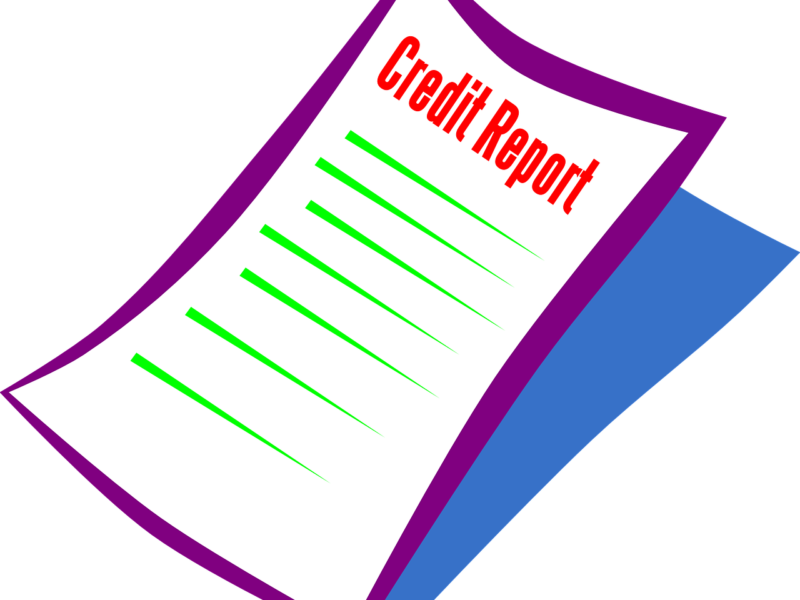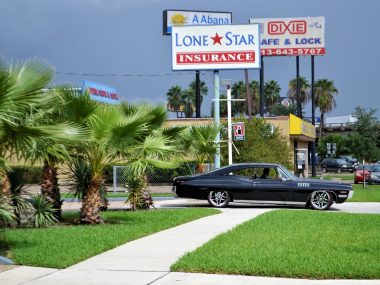Bad credit refers to a low credit score or a credit history that indicates a higher risk of defaulting on loan repayments. Credit scores are numerical representations of an individual’s creditworthiness and are based on their credit history, including factors such as payment history, outstanding debt, length of credit history, types of credit used, and new credit inquiries.
If you have a bad credit history, it would be difficult for you to obtain a loan through the normal processes.The options are more limited and the eligibility requirements are very stringent, making it the entire process almost impossible.However, the concept of “bad credit loans with guaranteed approval” has emerged as a potential solution, offering hope to those in need of financial assistance.
Bad credit loans with guaranteed approval are financial products designed for individuals with poor credit scores or limited credit history. Unlike traditional loans that require a strong credit profile, these loans are accessible to borrowers with less-than-perfect credit. The term “guaranteed approval” implies that lenders are willing to extend credit to virtually all applicants, regardless of their creditworthiness.
Features of Bad Credit Loans with Guaranteed Approval
- Accessibility: These loans are available to individuals with bad credit, no credit, or a history of financial challenges. Lenders typically do not perform credit checks or have lenient credit requirements.
- Quick Approval: Bad credit loans with guaranteed approval often have a fast approval process, with funds disbursed within a short period, sometimes as quickly as the same day or next business day.
- Unsecured Nature: Many bad credit loans do not require collateral, making them accessible to borrowers who do not have valuable assets to pledge as security.
- Online Application: Most lenders offering bad credit loans with guaranteed approval operate online, allowing borrowers to apply from the comfort of their homes and receive funds electronically.
- High Interest Rates: Due to the higher risk associated with lending to individuals with bad credit, these loans typically come with higher interest rates compared to traditional loans.
Types of Bad Credit Loans with Guaranteed Approval
- Payday Loans: Short-term loans typically due on the borrower’s next payday, often with high interest rates and fees.
- Installment Loans: Loans repaid over a fixed period in regular installments, providing borrowers with more manageable repayment terms.
- Personal Loans: Unsecured loans that can be used for various purposes, such as debt consolidation, home improvement, or unexpected expenses.
Risks and Challenges
- High Cost of Borrowing: Bad credit loans with guaranteed approval often come with exorbitant interest rates and fees, increasing the overall cost of borrowing.
- Debt Trap: The ease of obtaining these loans, combined with their high cost, can lead to a cycle of debt where borrowers struggle to repay existing loans and resort to borrowing again.
- Predatory Lending Practices: Some lenders may engage in predatory practices, such as misleading advertising, aggressive marketing tactics, or hidden fees.
- Limited Regulation: The lack of stringent regulation in the alternative lending industry leaves borrowers vulnerable to abusive practices and unfair treatment.
Regulatory Environment
While bad credit loans with guaranteed approval are subject to some regulations, especially regarding consumer protection laws and usury caps, the industry remains largely unregulated compared to traditional lending sectors. This lack of oversight raises concerns about the potential exploitation of vulnerable borrowers and the need for stronger regulatory measures to safeguard their interests.
Alternatives to Bad Credit Loans with Guaranteed Approval
While bad credit loans with guaranteed approval may provide immediate relief to individuals in need of emergency funds, there are alternatives worth considering:
- Credit Unions: Credit unions often offer more affordable loan options to their members, including personal loans and credit-builder loans.
- Secured Loans: Borrowers with bad credit may qualify for secured loans by pledging collateral, such as a car or savings account, which can result in lower interest rates.
- Peer-to-Peer Lending: Peer-to-peer lending platforms connect borrowers with individual investors willing to fund their loans, often at competitive rates.
- Credit Counseling: Non-profit credit counseling agencies offer free or low-cost financial counseling and debt management programs to help individuals improve their credit and manage debt effectively.
Factors that could lead to Bad Credit
- Missed or Late Payments: Failing to make payments on time or missing payments altogether can negatively impact a person’s credit score.
- High Credit Card Balances: Carrying high balances on credit cards relative to their credit limits can lower a person’s credit score.
- Defaulting on Loans: Defaulting on loans, such as personal loans or mortgages, can severely damage a person’s credit score.
- Bankruptcy or Foreclosure: Declaring bankruptcy or going through foreclosure proceedings can have a significant and long-lasting impact on credit scores.
- Limited Credit History: Individuals with limited or no credit history may also have lower credit scores, as there is less information available for lenders to assess their creditworthiness.
Improving bad credit typically requires taking steps to address the factors contributing to the low credit score, such as making on-time payments, reducing debt, and avoiding new credit inquiries. Over time, responsible credit management can help individuals rebuild their credit and improve their financial health.
Bad Credit Threshold
Typically, a FICO score below 580 is considered “poor” or “bad” credit. For VantageScore, a score below 600 is usually considered poor but generally, here are the common ranges according to the FICO and VantageScore models:
FICO Score Ranges
- Excellent: 800 – 850
- Very Good: 740 – 799
- Good: 670 – 739
- Fair: 580 – 669
- Poor: 300 – 579
VantageScore Ranges
- Excellent: 781 – 850
- Good: 661 – 780
- Fair: 601 – 660
- Poor: 500 – 600
- Very Poor: 300 – 499
Implications of Bad Credit
Having a bad credit score (below these thresholds) can have several negative implications:
- Higher Interest Rates: Lenders often charge higher interest rates to borrowers with bad credit due to the increased risk of default.
- Limited Credit Options: Fewer lenders are willing to extend credit to individuals with bad credit, making it harder to obtain loans, credit cards, or mortgages.
- Higher Fees: Some financial products may come with higher fees or require a security deposit.
- Difficulty Renting Apartments: Landlords often check credit scores as part of the rental application process.
- Insurance Premiums: Some insurance companies use credit scores to determine premiums.
- Employment Opportunities: Certain employers may check credit reports as part of their hiring process, especially for positions requiring financial responsibility.






